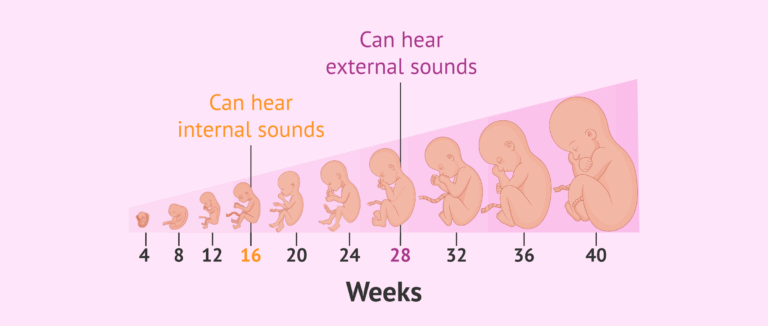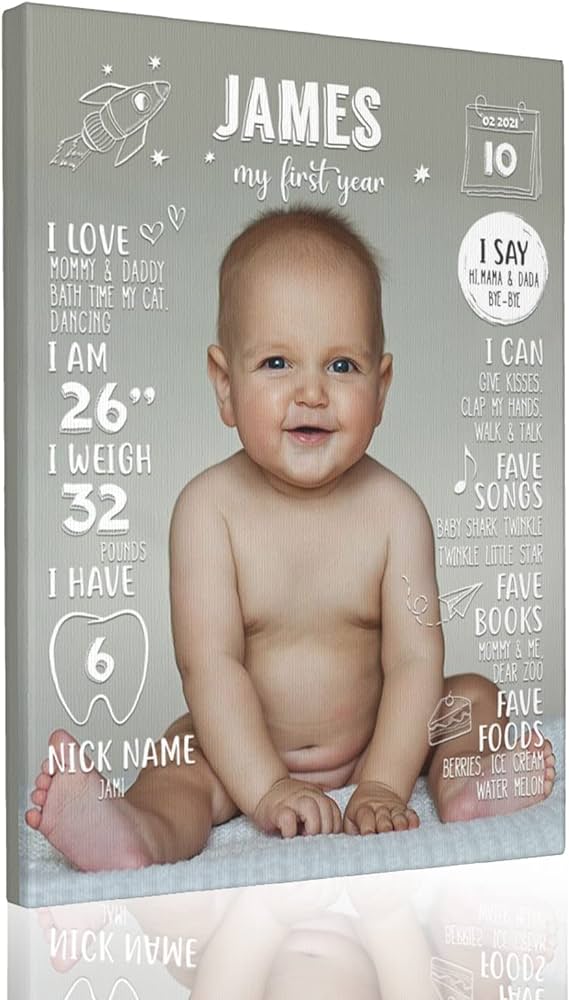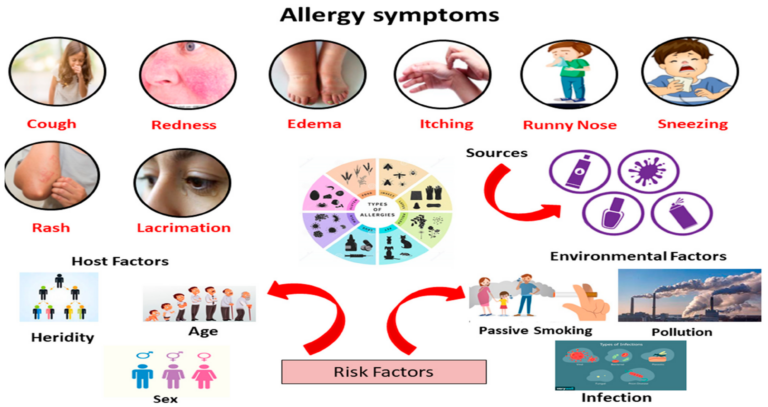When Do Baby Eye Color Change
Have you ever wondered when your baby’s eye color will change? This article will delve into the fascinating topic of when and why baby eye color changes, providing you with all the information you need to know.
Knowledge
When babies are born, their eyes may appear a certain color, but this can change over time. Most babies are born with blue or gray eyes due to the lack of melanin in their irises. Melanin is the pigment that gives our eyes, skin, and hair their color. As babies grow, their eyes may undergo a gradual change in color as melanin production increases.
The process of eye color change can vary from baby to baby. Some babies may experience a significant change in eye color within the first six months of life, while others may take up to three years for their eyes to settle on a final color. The final hue of a baby’s eyes is determined by the amount and distribution of melanin in the iris.
Genetics play a significant role in determining a baby’s eye color. The color of a baby’s eyes is inherited from their parents, with certain genes influencing the production of melanin in the iris. It is important to note that predicting a baby’s final eye color based on their parents’ eye color is not always accurate, as there are many genetic factors at play.
Factors such as ethnicity and family history can also influence a baby’s eye color. For example, babies of African, Hispanic, or Asian descent are more likely to have brown eyes, while babies of Caucasian descent may have blue, green, or hazel eyes. Additionally, certain eye colors, such as green or hazel, are less common and may require a larger amount of melanin to produce.
Conclusion
In conclusion, the process of when baby eye color changes is a fascinating and complex one. Understanding the factors that influence eye color can help parents appreciate the uniqueness of their child’s eyes. It is important to remember that each baby is different, and their eye color may change at a different rate or settle on a different hue than expected.
Parents and caregivers can enjoy watching the gradual transformation of their baby’s eyes and embrace the beauty of their final color. Whether your baby ends up with blue, brown, green, or hazel eyes, each color is a reflection of their genetic heritage and individuality.
Ultimately, the journey of when baby eye color changes is a natural and awe-inspiring process that highlights the remarkable diversity of human genetics. So, sit back, observe the subtle shifts in your baby’s eye color, and marvel at the wonder of nature at work.






